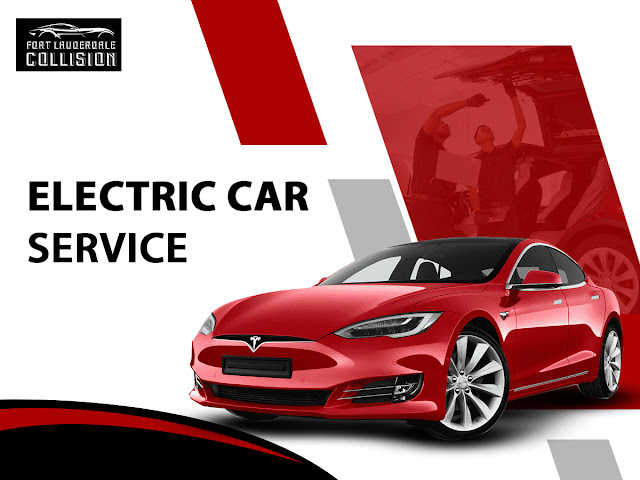Even though certain modern electric vehicles can travel over 200 miles on a single charge, many EV owners still experience a phenomenon known as "range anxiety." The fear of running out of battery power can be stressful, as drivers often constantly monitor their vehicle's state-of-charge gauge while on the road. Nobody wants to be stranded on the roadside due to a depleted battery.
Thankfully, the electric car collision center Florida states simple methods to maximize the mileage from an EV charge and even extend its range well beyond the officially rated distance, such as:
Don't drive too fast
Undoubtedly, exceeding the speed limit is never a wise choice. Still, when it comes to long-distance travel in electric vehicles, it is advisable to maintain a speed of approximately 60 miles per hour. As your speed increases, the demand for power from the battery to sustain that speed also rises.
Around 60 mph is generally the optimal speed for most EVs to balance conserving power and maintaining a reasonable pace. Going faster than this threshold will likely result in a slightly faster depletion of your range than desired.
Install a charger at home
Your garage is often the most convenient location to plug in your electric vehicle (EV). Still, if you rely on a Level 1 cord set connected to a standard 120-volt outlet, you can only gain a few miles of driving range for every hour of charging. This means recharging your battery after a long drive may take a whole day. However, installing a 240-volt outlet and utilizing a Level 2 charger can significantly reduce charging time and fill up your battery five times faster.
Maximize the Use of Regenerative Braking
Take advantage of your electric vehicle's regenerative braking feature to recover energy as you approach a stop, and rely on the traditional brakes only when required. Activate the maximum regenerative setting in your car to ensure that additional power is sent back to the vehicle's batteries during deceleration.





No comments:
Post a Comment